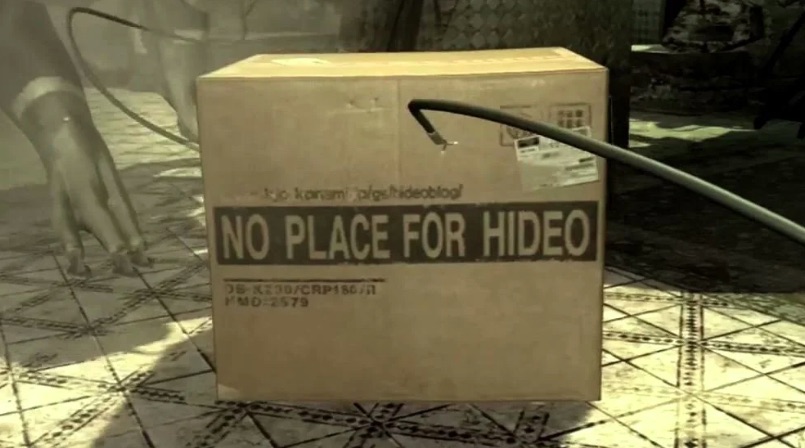
Death Stranding shows that Hideo Kojima doesn’t need Metal Gear Solid to prove that he is an auteur game developer. Policenauts, Zone of the Enders, and Snatcher show that his vision for games far exceeds the Metal Gear universe. There is no question that Kojima and his staff of regulars like Yoji Shinkawa will have a great future making great non-Metal Gear games.
The real question that everyone wonders is if can Metal Gear Solid be good without Hideo Kojima and the talent of regulars at Kojima Productions. Most gamers and fans would bellow a resounding “NO”. Metal Gear Survive was the last entry and everyone hated it for a good reason; it was a hollow cash grab that recycled a ton of assets from Metal Gear Solid V: The Phantom Pain.
Survive was a notable release for being a high-profile Metal Gear game without Kojima calling the shots, so it soured people’s perception of what a non-Kojima Metal Gear could be. The reality is that there are more good non-Kojima Metal Gear games than one would realize. Scientifically, three examples prove a trend, and in this feature are three excellent Metal Gear games that Hideo Kojima did not direct.

Both Metal Gear Acid games are excellent, but the sequel is exceptionally amazing. The first Acid was a PSP launch title and it showed. It recycles a lot of assets from Metal Gear Solid 2: Sons of Liberty and gameplay was not fully optimized, yet it showed potential. Acid 2 is where the game’s concept truly came into its own.
At its core, Acid 2 is a mixture of genres that incorporates card-based gameplay, strategy, and stealth. Players mostly control Solid Snake and eventually get a second unit to help command the field. Every action is determined by the player’s deck which is all themed after the Metal Gear universe.
From the original MSX 1987 game to Snake Eater: Subsistence, the card packs widely represent the history of the franchise up until the release of Guns of the Patriots which would release two years later. The in-game shop sold each era as a pack and deeper in the game would be upgraded versions like the Integral version of the Metal Gear Solid deck.
Metal Gear Acid 2
Developer: Kojima Productions
Publisher: Konami
Platforms: PlayStation Portable
Release Date: March 21, 2006
Players: 1-2
Price: n/a
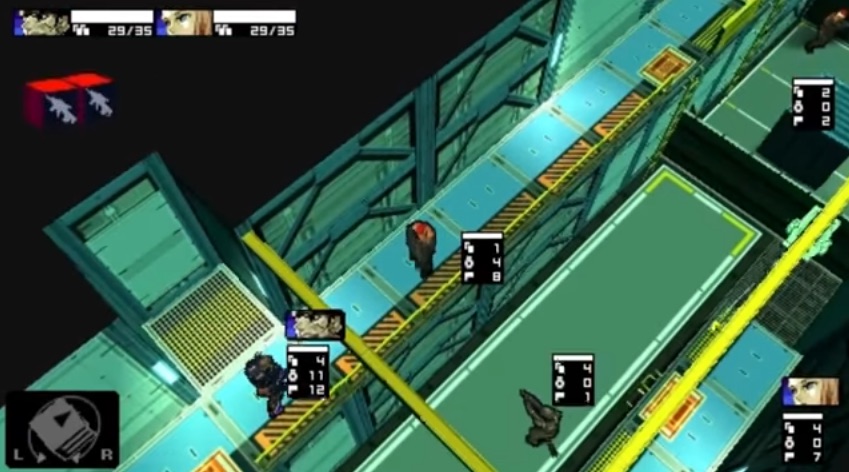
Even though the gameplay was turn-based and relied on cards to perform various actions, Acid 2 truly lived up to the “Tactical” and “Espionage”, in Tactical Espionage Action. The card-based gameplay meant players have to be always ready and willing to improvise at any moment.
There is just enough randomization to keep scenarios spicy but never so much that gamers could not be in control if they got clever with the hand they got dealt. Managing the deck, keeping an eye on COST, and being mindful of surroundings and the enemy made Acid 2’s gameplay thoroughly deep and addictive.
At its core, this was a real Metal Gear Solid experience but imagined as a tactical RPG. All the elements fans have associated with the series were here and accounted for. The fan service is tasteful enough without being obnoxious and the new ideas make it feel fresh and worthwhile.
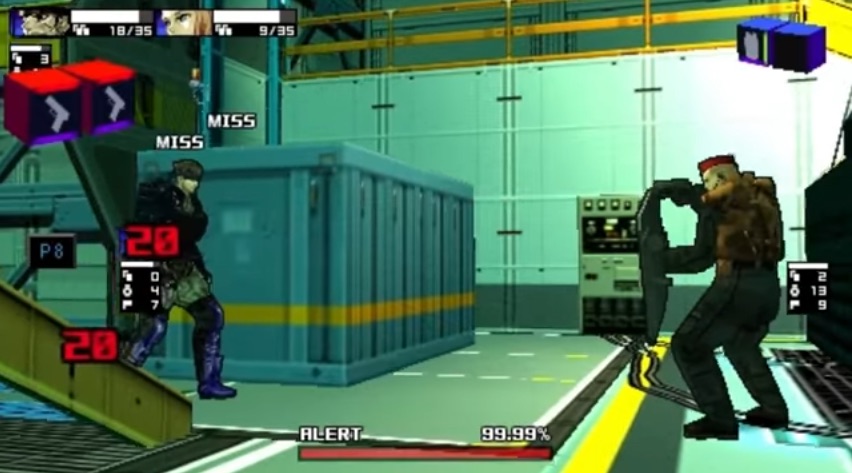
Long-time fans may scoff at Acid 2 for not being part of the main timeline, but that only frees it of baggage. Introduces ideas and characters that make this entry feel decidedly more manga-like; as if this is an anime based on figures from the Metal Gear universe that exists within the universe of Metal Gear. Snake still acts in character and the dialogue for everyone else is as absurd and colorful as the genuine Kojima article.
The most distinct aspect of Acid 2 is its art style. Unlike the first Acid which looks like the PlayStation 2 Metal Gear Solid games, this title boasts a vibrant and stylish cel-shaded look. The art direction helps with the PSP’s limitations and makes this game look timeless. Characters are illustrative and have chunky black outlines and the environment is colorful like it’s a plastic playset for Metal Gear action figures.
Acid 2‘s art style is very endearing and makes one wonder how different things could have been if the franchise went in this direction instead of the photorealism that it is known for. Regretfully, Acid 2 is still a PSP exclusive and was never put on PSN. Hopefully, there will be a future volume of the Metal Gear Solid: Master Collection that will include this criminally overlooked non-canon masterpiece.
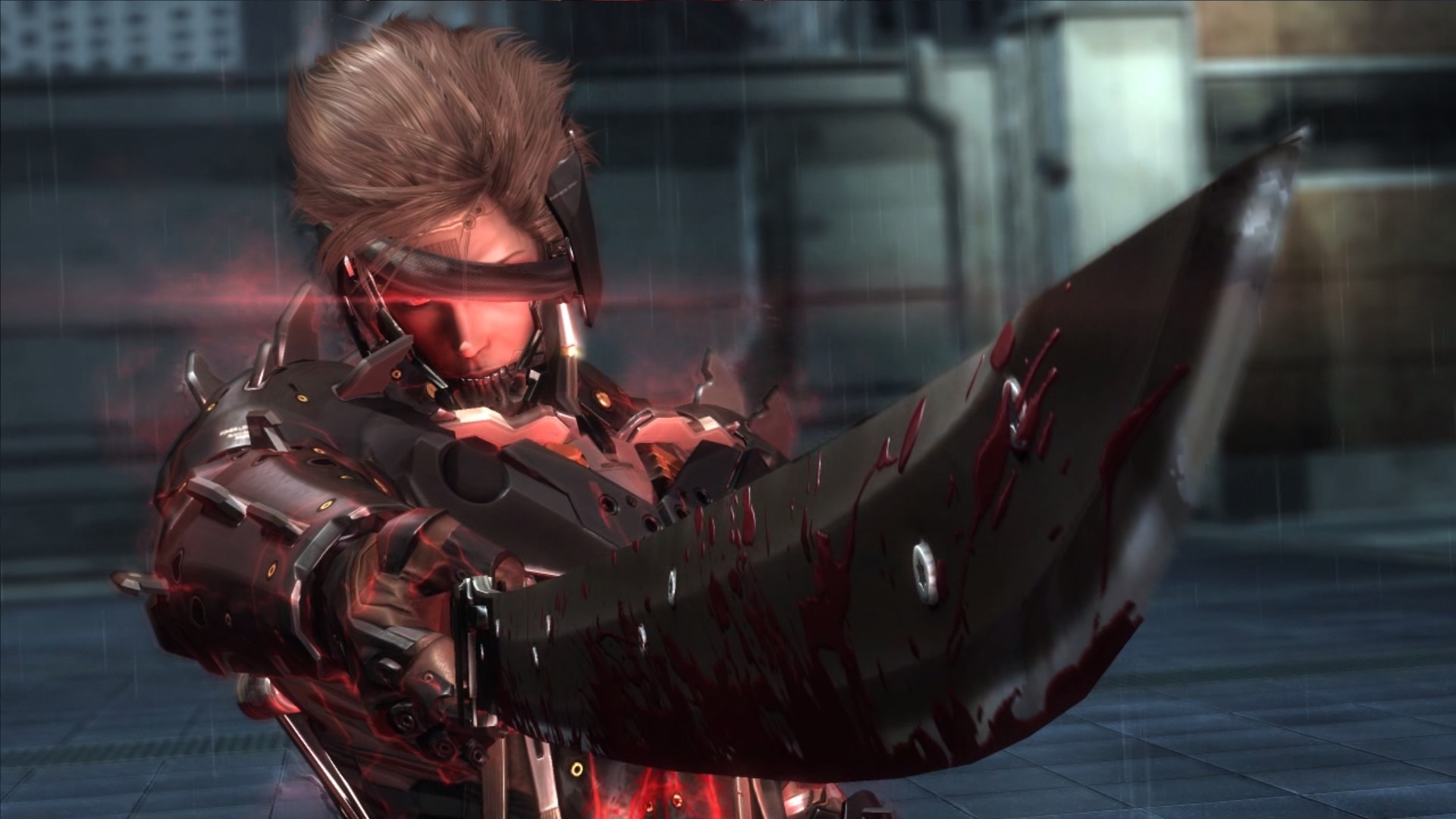
Metal Gear Rising: Revengeance is the little game that could. It almost got canceled, but after PlatinumGames swooped in to save it from Kojima’s termination, they produced one of the most beloved entries. Most fans don’t realize how little Kojima was involved with Revengeance’s development, but the reality is that this game is mostly a PlatinumGames product first.
The boys at PlatinumGames threw caution to the wind and abandoned any pretension that this was going to be a stealth game and played to their strengths. The result is one of the most balls-to-the-wall intense stylish-action games ever.
Raiden has come back after the events of Guns of the Patriots, making Metal Gear Rising: Revengeance the furthest in the franchise’s timeline. He’s badder, tougher, and meaner than ever and he gets a cool robot dog sidekick too. He goes up against the most outlandish cast of villains the franchise has ever seen that makes the game almost seem like a self-aware parody of the Metal Gear series.
Metal Gear Rising: Revengeance
Developer: PlatinumGames, Kojima Productions
Publisher: Konami Digital Entertainment
Platforms: Microsoft Windows, OS X, PlayStation 3, Xbox 360, Shield Android TV
Release Date: February 19, 2013
Players: 1
Price: $19.99 USD (via Xbox Live Arcade)
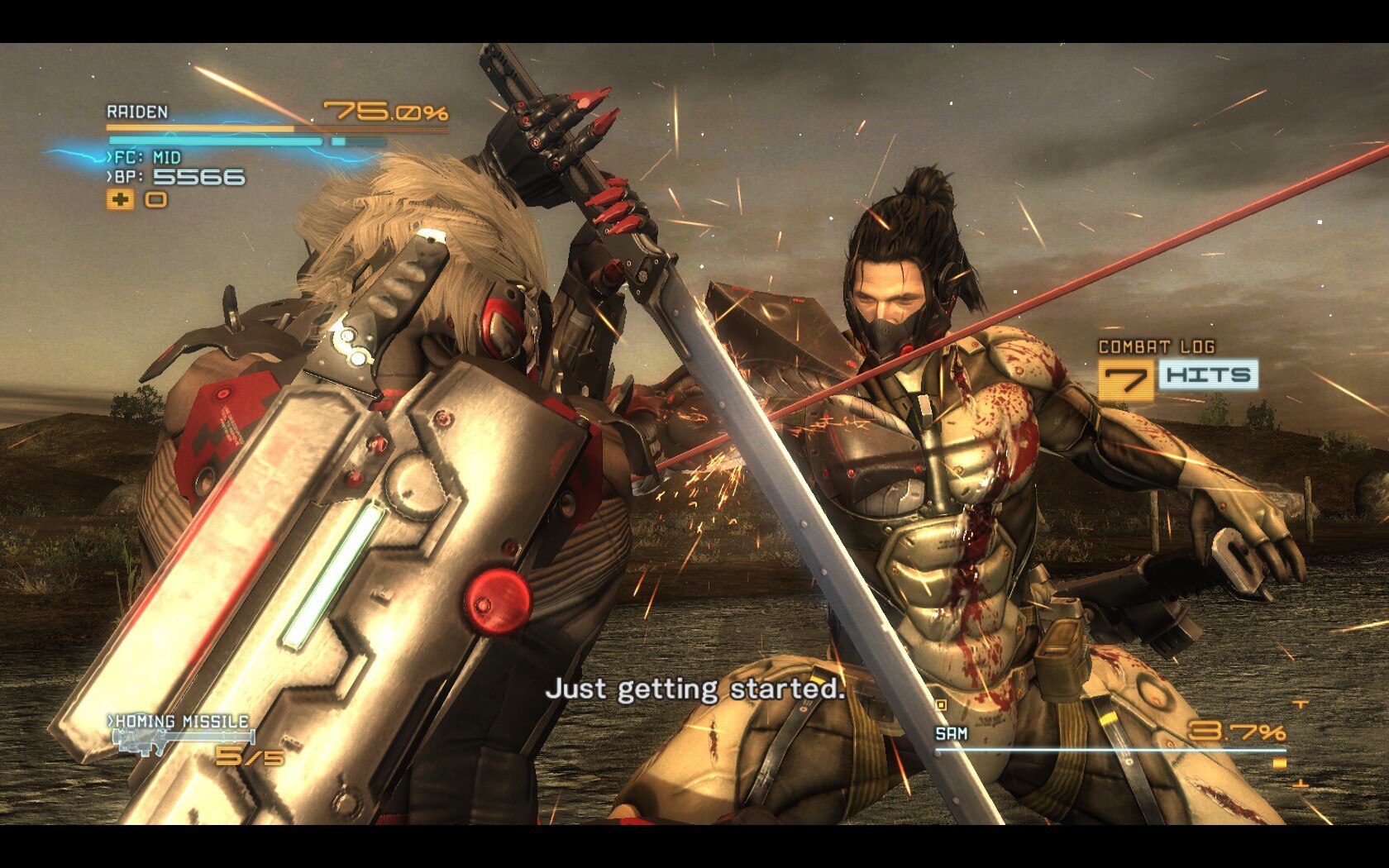
Nobody needs to be told how Metal Gear Rising: Revengeance is great. Everyone knows how the parrying and the ultra-satisfying zandatsu mechanics make Raiden into an awesome killing machine. The gnarly flow of ripping a cyborg’s spine and moving to the next and surgically cutting a dude’s arm off into itty bitty chunks while a shredding metal song plays is peak entertainment.
Metal Gear Rising: Revengeance is a game that only PlatinumGames could have made. Hideo Kojima has his distinct style and vision, but there is no way that he could ever dream up half of the imagery and game mechanics in this wild beast of a game.
Every piece of music stands out as a whole, crowing Metal Gear Rising: Revengeance as the entry with the best soundtrack of the series. Not only is each boss track amazing listening on their own, but the game also has a dynamic soundtrack so that the action on screen will synchronize with the music to heighten the astonishing battles.
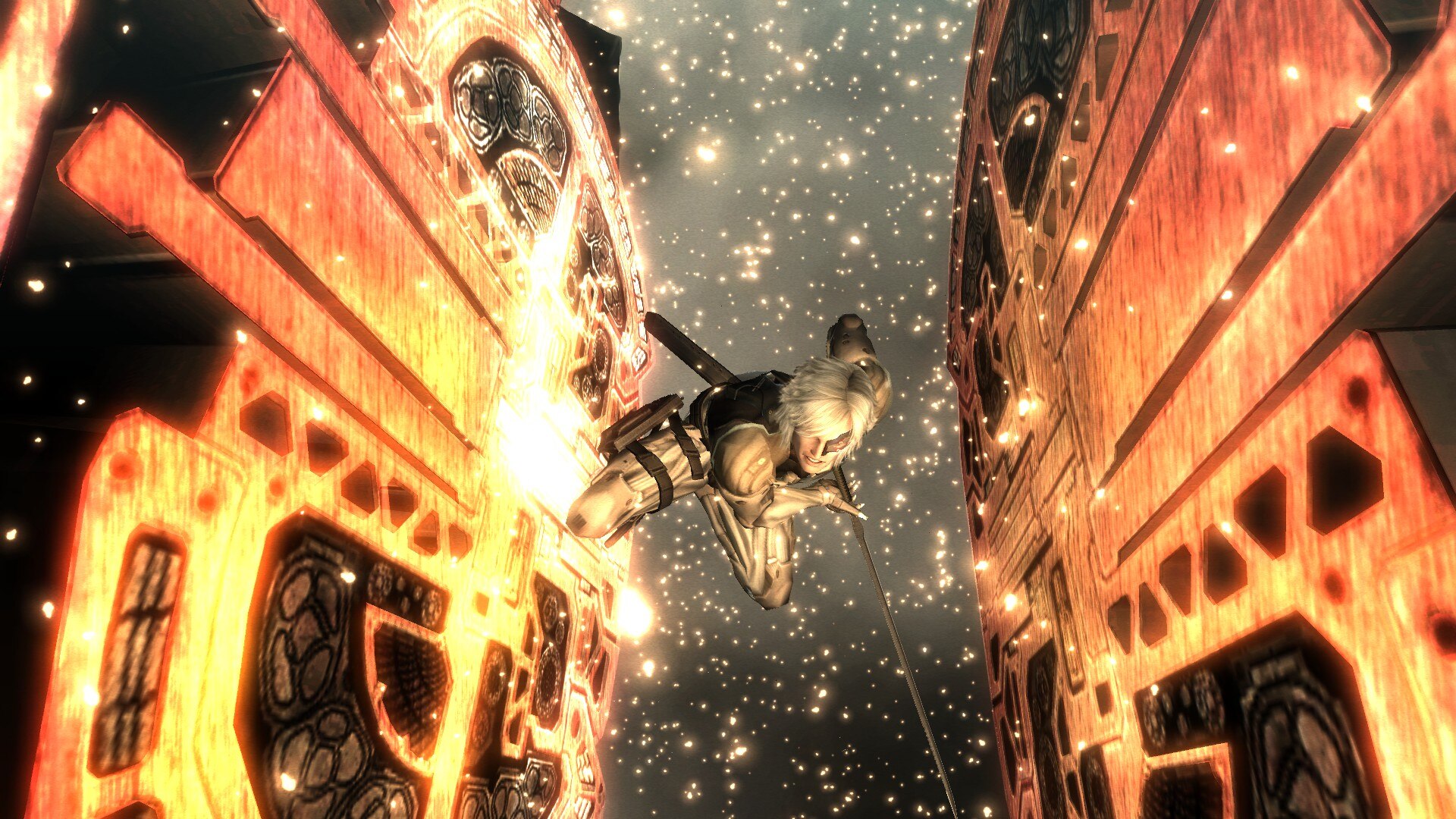
This kind of direction is such a stroke of genius, that every action game ever made should implement this feature. The lyrics, “TIME TO LEAVE THEM ALL BEHIND” kick-off Blade Wolf’s final phase, intensifying the emotions and difficulty of the fight.
It may be short, but it is extremely replayable and full of moments that never fail to entertain. The higher difficulty modes especially add extra value due to how the enemies are remixed and get their devil trigger mode too.
Revengeance is one of the all-time greats of the seventh console gen. Gamers who missed it should give it a chance if they have an Xbox One or either of the Xbox Series consoles because it is backward compatible and is available at an affordable price on XBL. Hopefully, it won’t be overlooked when the time comes to add it to the inevitable Master Collection volumes.
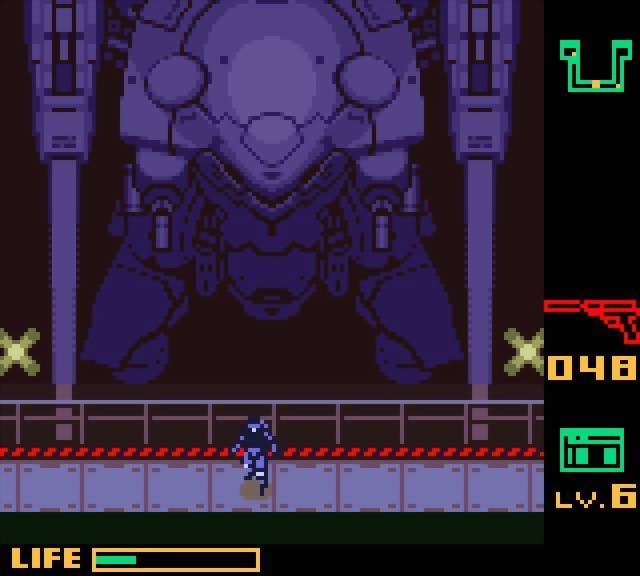
As early as 2000, gamers could see a good Metal Gear game made without Kojima’s involvement. A couple of years after the mega-hit Metal Gear Solid on PlayStation, the Gameboy Color got its own Metal Gear game. On an 8-bit processor and 160×144 pixels; this was still a genuine “Tactical Espionage Action” game that delivered the same thrills fans loved… just smaller and chunkier.
Sons of Liberty on PlayStation 2 was about a year away from release, but even though it was going to be more advanced than any entry before it, fans who played Metal Gear Solid (AKA Ghost Babel) on Gameboy Color would realize it was not that much of a leap. Transitioning the 3D polygons of the PlayStation to 8-bits of Gameboy Color is surprisingly smooth and the gameplay hardly changes.
Gameplay is the same overhead POV that fans knew on PlayStation and PlayStation 2. Snake still sneaks around corners, crawls, and hides in boxes, and enemies detect via sound and vision cones. Ghost Babel is effectively an 8-bit “demake” of the gameplay structure and ideas present in the “Solid” games and is made consistent with the style of the MSX entires.
Metal Gear Solid
Developer: Tose, Konami
Publisher: Konami Digital Entertainment
Platforms: Gameboy Color
Release Date: April 24, 2000
Players: 1-2
Price: n/a
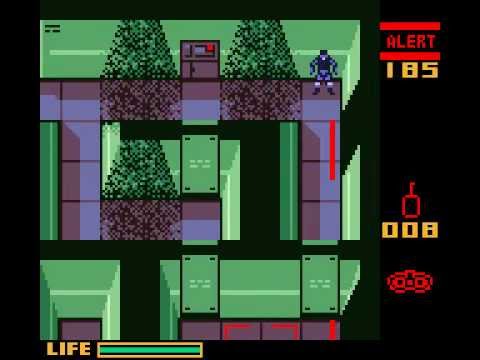
Nintendo Power ranked Ghost Babel as one of the highest-quality Gameboy Color games for a reason. The gameplay is diverse with scenarios that will keep Snake on his toes. The Galuade base is huge and the environments vary from deep jungle to hostile industrial labyrinths that are festooned with complex security systems and traps.
The music is also very moody for a Gameboy Color game and flawlessly captures the sneaking and lying-in-wait tone that the franchise is known for. The story is set after Metal Gear Solid on PlayStation and is suspiciously similar in its structure. Snake even meets a fat otaku to help him and the battle with Metal Gear Gander is based on a rejected design for Rex.
Cutscenes are expressed with vibrant and large pixel-illustrated portraits and codec calls. As expected from a Metal Gear game, there are a lot of these and the intro has a lot of guts, to begin with a 10-minute-long unskippable scene.
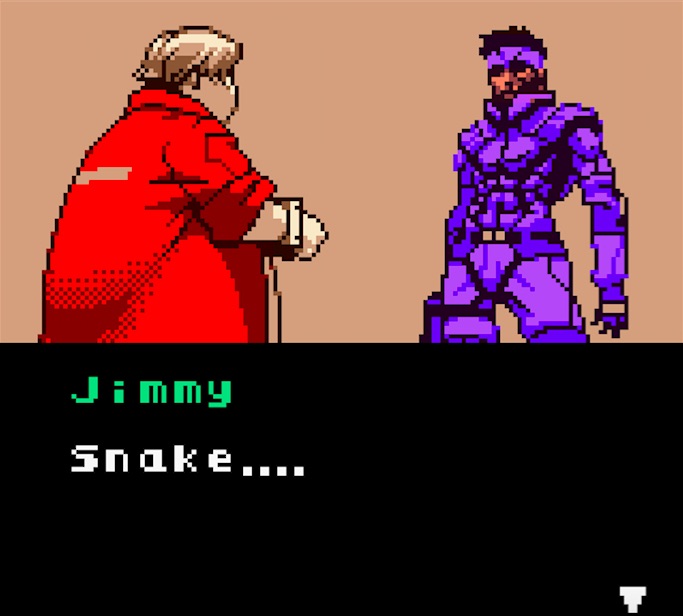
The plot might be a retread of Kojima’s script, but Ghost Babel does have a lot of its ideas. Some story beats introduce concepts that later entries would explore like Black Arts Viper’s robot arm which is like the one used by Venom Snake. Even the two dolls from Guns of the Patriots were ideas first introduced here with Marionette Owl. The Fury was not the first flame thrower maniac, it was Pyro Bison in Ghost Babel.
This is the most epic Gameboy Color game of all time. The boys at Tose and Konami packed this cartridge with a lot of content. The main story is decent in its length, but the fun does not stop there because there are 180 VR missions to partake in. Have a buddy with a copy, link cable, and a Gameboy Color? There is also a battle mode to see who is truly worthy of the title of Big Boss.
Sadly, Metal Gear Solid on Gameboy Color is insanely cost prohibitive and rare. If there was ever a case for Konami to do their compilation releases of these games, it would be to include Ghost Babel because it is highly sought after and underappreciated. It shows how a good Metal Gear game is very possible without Hideo Kojima or with state-of-the-art technology.
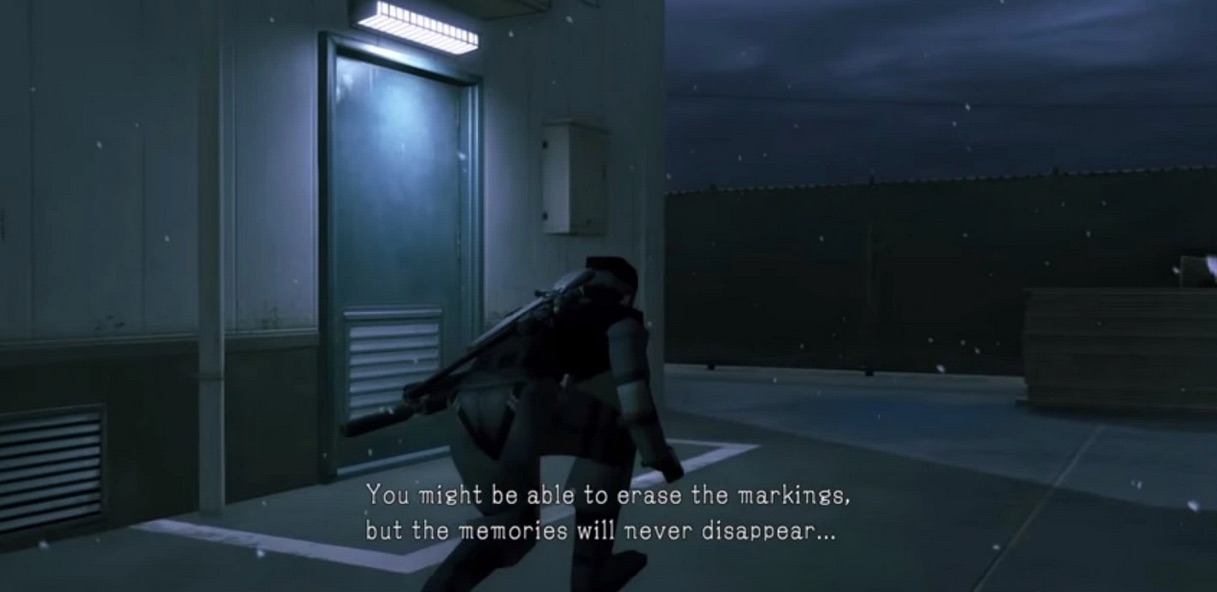
With Snake Eater getting remade, we draw closer to the day of a new Metal Gear Solid being announced without Hideo Kojima in the director’s chair. We have had several made already without him calling the shots and most of the time they are pretty good.
By now, most people know what to expect to make a quality Metal Gear game. The formula is not complex and the desires of the fans are not hard to meet. If this list proves anything, Metal Gear can be enjoyable if it isn’t a stealth game at all, made with withering technology, or have a radically different art style. Most importantly, Metal Gear can be enjoyable without Kojima.